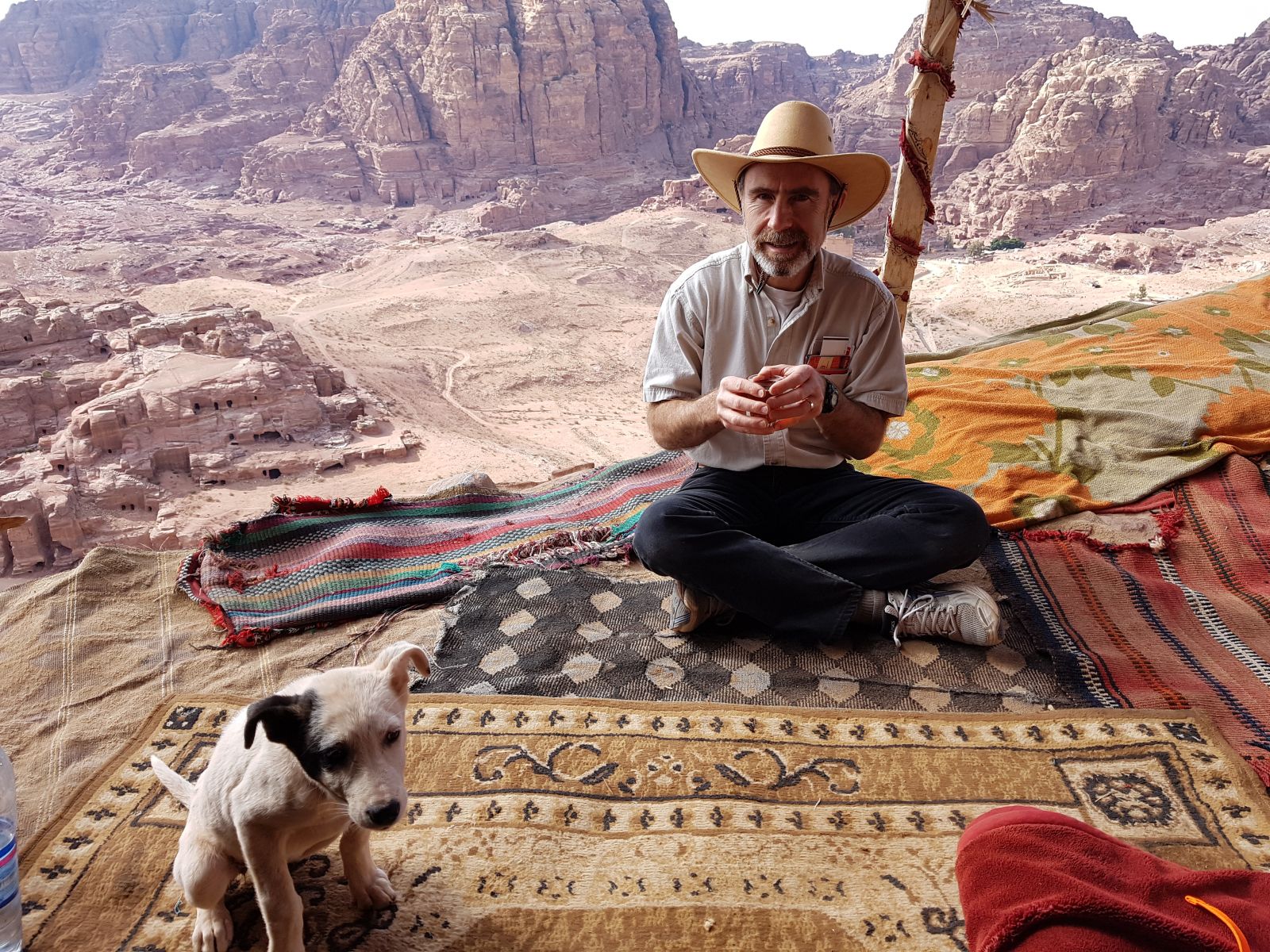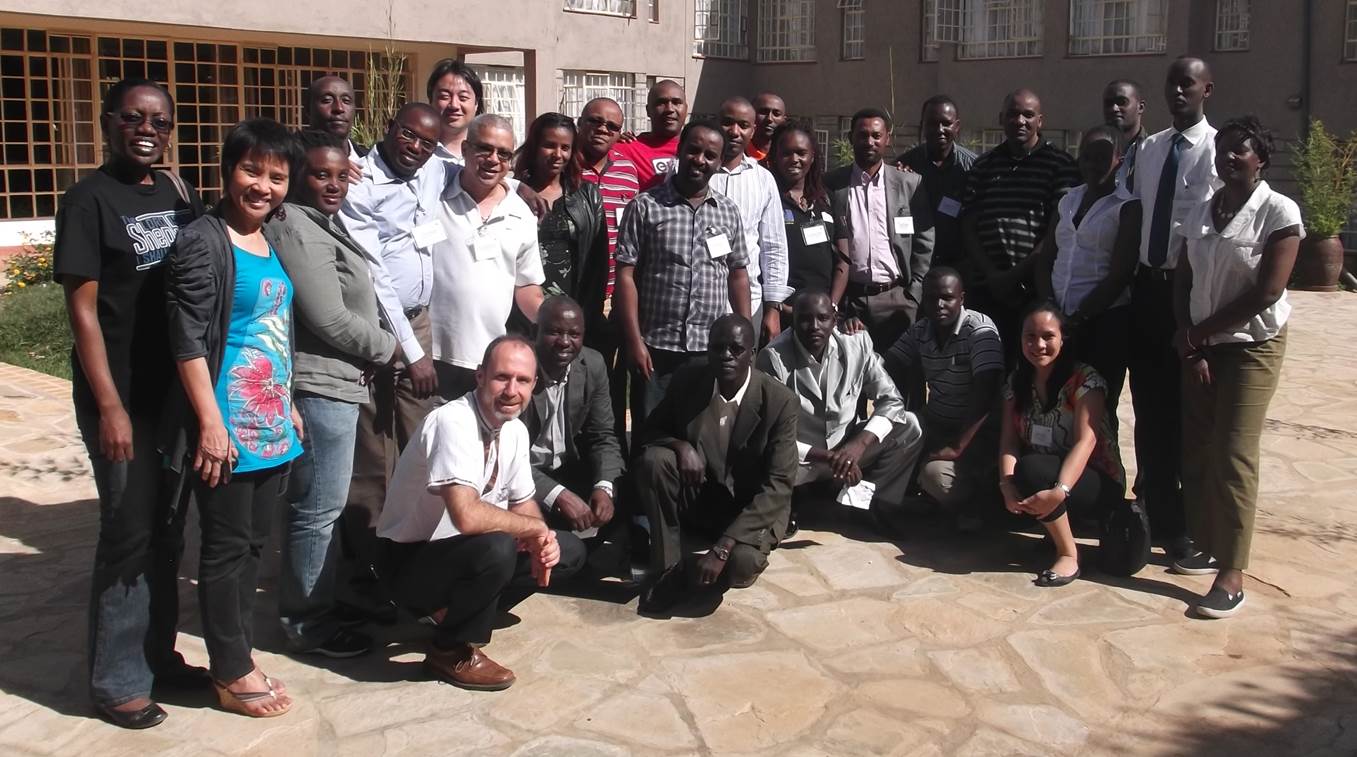From rockets to relief; from Lean to the CHS – Coffee with Andrew Parris, Medair

Andrew Parris used to work on the Atlas Rocket Programme and now works for Medair, one of our member organisations. In addition to this unusual change of career from rockets to relief, Andrew also has an unusual job in Medair. He helps his organisation pursue operational excellence through a business approach to continuous improvement called Lean. Andrew also leads Medair’s effort to align to the Core Humanitarian Standard on Quality and Accountability (CHS). We had a virtual coffee with him while he was in Jordan to explore the connection between what he calls process excellence and the CHS. Our hope is that you will see how Lean and the CHS both help a humanitarian organisation to improve how it works so that it can help more people and have a greater impact.
Andrew, could you tell us a bit more about Lean? What is it exactly?
I first learned about Lean while earning my PhD at the Massachusetts Institute of Technology (MIT). MIT studied the rising success of Japanese car companies in the 70s and 80s and discovered that Toyota could produce twice as many cars with half as many people and with twice the quality. We now call this approach Lean because it focuses on getting rid of the waste in an organisation that prevents it from delivering value to the customer. Lean builds the capacity of its people to creatively and continuously improve how they work (their processes). And history shows this approach leads to long-term strategic success.I applied Lean in my work as a Process Improvement Facilitator on the Atlas rocket programme to streamline processes both on the shop floor and in the office.
What prompted you to walk over to the humanitarian sector, quite a drastic career change?
One day I read the book Walking With The Poor, by Bryant Meyers of World Vision International (WVI). Bryant described the work of a Development Facilitator – someone who comes alongside people in a community, who asks them what they want to achieve, who helps them to analyse and understand the underlying causes of poverty, and who relies and draws on their expertise and action to design and implement changes that move the community out of poverty and into a fuller life.

As I read Walking With The Poor, it struck me that I was basically doing the work of a Development Facilitator inside an organisation. I didn’t come in and tell people what to do, but I built their capacity and helped them to see and solve at root cause the problems that caused poor performance. This similarity motivated me to find a job improving processes in World Vision. I joined WVI in 2008 and three years later moved with my family to Nairobi, Kenya to work in their regional office. I started a process improvement initiative that reduced costs by over $1.5M/year and reduced the span time in targeted processes by over 50%.
When did you first hear about the CHS and what was your initial reaction?
At the start of 2017 I joined Medair, with the goal of applying Lean to help us pursue Operational Excellence. Medair had already committed to align itself with the CHS to improve the quality and effectiveness of the assistance we provide. As I studied the CHS, I saw a similarity between what I called Process Excellence and the CHS, which made the CHS a natural fit for me.
If you don’t mind me asking: what are you currently doing in Jordan?
I gave a one-day “Process Excellence Energiser” training and then facilitated a three-day “Kaizen” workshop to improve our partnering process. Interestingly, a Lean Six Sigma Master Black Belt (top level expert) did this with me pro bono.
Apologies, but what’s a Kaizen workshop?
Kaizen is the Japanese word for ‘improvement’. In business, it refers to activities that continuously improve all functions and involve all employees from the CEO to the assembly line workers.
We will soon have another coffee, once Andrew is back from Jordan, in order to find out more about ‘kaizen’ and how this and his wider business-related experience helps him align Medair’s activities with the CHS.
